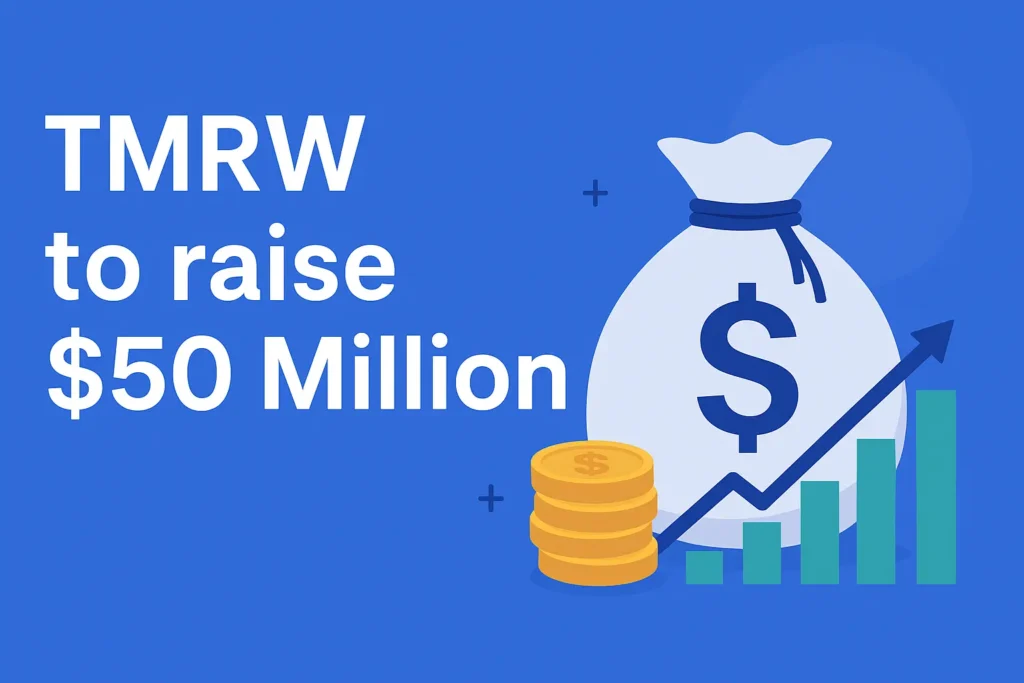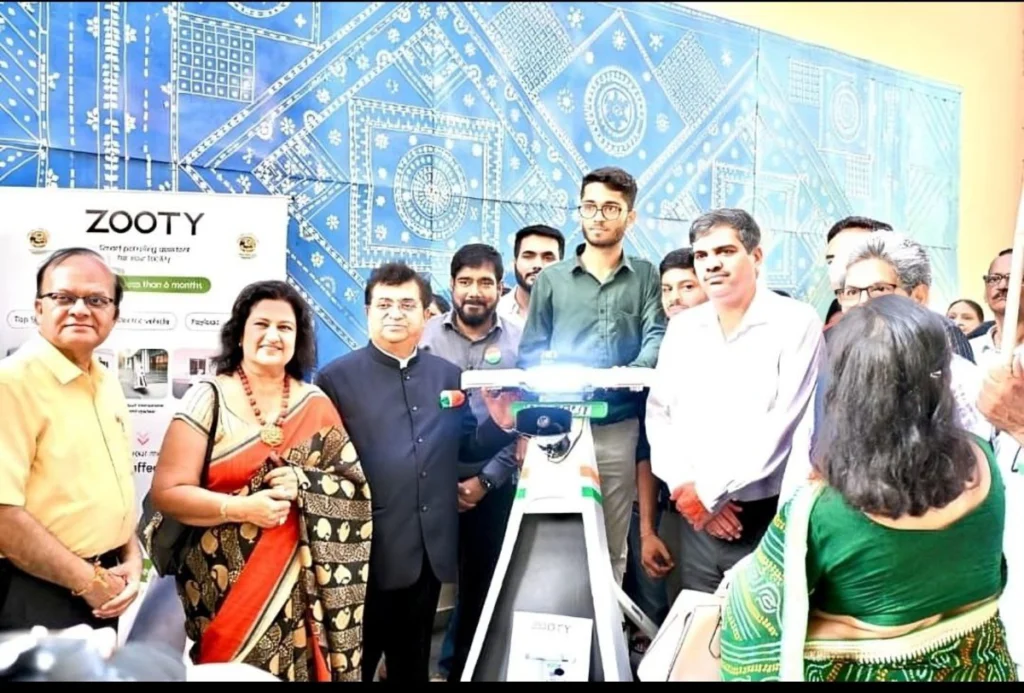Summary Overview
| Category | Details |
|---|---|
| How HULO Started | Business Model oF HULO: Founded by CEO Robbert Lodewijks and CTO Frank van der Hulst, the Dutch WaterTech startup emerged to solve water infrastructure’s critical efficiency gap using artificial intelligence. The founders recognized that while 30% of treated water globally escapes through aging networks before reaching consumers, traditional leak detection methods required expensive hardware installations, district metered areas, and physical inspections that proved economically prohibitive for most utilities. The founding vision centered on creating a SaaS-based platform requiring no new hardware—instead using existing pressure and flow data from utility systems to detect, localize, and prioritize leaks through AI combined with physics-based models understanding the dynamic behavior of each unique network. |
| Present Condition | HULO has secured €2.3 million in seed funding led by VP Capital and LUMO Labs, with participation from Vanagon, Rabobank, FOM, and the Netherlands Enabling Water Technology fund. Operations now span the Netherlands, EU, UK, and have taken first steps into Latin America, demonstrating that software-only approaches can achieve accuracy matching physical sensor networks while eliminating capital expenditure barriers. The diverse investor lineup reflects multi-stakeholder validation: VP Capital brings venture expertise, LUMO Labs emphasizes measurable environmental impact, Vanagon represents Germany’s first DeepTech fund demonstrating cross-border European climate tech confidence, Rabobank signals banking sector recognition, while government-backed NEW and FOM funds validate alignment with national water innovation priorities. Current deployments demonstrate utilities can integrate the platform without network segmentation or new equipment. |
| Future of HULO and Industry | The funding of HULO will accelerate deployment in focus markets while expanding capabilities in AI, network analytics, cybersecurity, and customer success. The company targets saving water equivalent to 4 million Olympic-size swimming pools annually by 2030. The global water leak detection systems market valued at $2.7 billion in 2023 projects explosive growth to $5.3 billion by 2030 at 9.8% compound annual growth. Water pipeline leak detection market specifically is projected to reach $4.46 billion by 2033. AI-driven analytics solutions increased 37% industry-wide, enabling predictive maintenance replacing reactive repairs. North America’s aging infrastructure drives the highest projected growth rates, while Asia-Pacific experiences 42% increases in smart city water monitoring adoption. Europe reports 30% of drinking water lost due to leakages, creating urgent demand for AI-powered monitoring ensuring resilience against malfunctions and cyber attacks. |
| Opportunities for Young Entrepreneurs | The 30% global water loss rate despite decades of investment reveals massive opportunity for innovative solution providers addressing adoption barriers. Software-based approaches eliminating capital expenditure requirements create openings for startups delivering predictive maintenance platforms, cybersecurity solutions protecting critical water infrastructure, vertical-specific AI applications for different utility sizes and regulatory environments, and integration services connecting legacy systems with modern analytics. The gap between hardware-dependent traditional solutions and resource-constrained utility budgets presents opportunities in implementation consulting, data analytics services extracting insights from existing utility systems, and climate adaptation technologies addressing water scarcity. Geographic expansion opportunities exist particularly in Latin America, Asia-Pacific, and developing markets where infrastructure constraints make hardware-agnostic platforms especially valuable. |
| Market Share | While specific market share of HULO figures remain undisclosed at this seed stage, operations spanning Netherlands, EU, UK, and Latin America indicate meaningful early penetration across diverse regulatory environments and infrastructure conditions. The hardware-agnostic positioning enables capturing value across multiple utility types rather than competing directly with physical sensor manufacturers. Geographic footprint demonstrates scalability across developed markets with aging infrastructure and emerging markets with resource constraints. The software-only approach addresses the broader 30% global water loss problem rather than competing for the subset of utilities with capital budgets for traditional sensor deployments, potentially expanding total addressable market beyond hardware-dependent competitors’ reach. |
| MOAT (Competitive Advantage) | HULO’s competitive moat consists of four elements: First, zero-hardware requirement eliminating the primary adoption barrier preventing utilities from implementing comprehensive monitoring—capital expenditure for physical sensors often exceeds operational budgets. Second, integration with existing utility pressure and flow data systems enabling deployment from months to weeks without network segmentation or infrastructure overhauls. Third, AI combined with physics-based models understanding dynamic behavior of each unique network rather than generic detection algorithms requiring standardized conditions. Fourth, demonstrated capability achieving accuracy matching physical sensor networks while eliminating ongoing maintenance costs, validated through operations across multiple countries with diverse infrastructure ages and conditions. This approach addresses the operational reality that utilities need solutions working within existing constraints rather than requiring complete system replacements. |
| How HULO Makes Money | HULO’s Revenue derives from SaaS-based subscription licensing of the AI-powered leak detection platform, typically structured as recurring contracts scaled by network size, water volume monitored, or number of detection points analyzed. Water utilities pay for software access eliminating capital expenditure for hardware while gaining equivalent leak detection capabilities, with pricing models aligned to measurable water savings achieved rather than upfront infrastructure costs. Additional revenue streams may include professional services for implementation, custom analytics development tailored to specific network configurations, and ongoing support ensuring optimal detection accuracy. The platform’s positioning as software analyzing existing utility data enables capturing recurring revenue from every monitored network segment without hardware replacement cycles. As utilities transition from reactive repairs to predictive maintenance, contract values expand through increased coverage across additional network sections and enhanced analytics capabilities preventing failures before they occur. |
I’m Araib Khan, an author at Startups Union, where I share insights on entrepreneurship, innovation, and business growth. This role helps me enhance my credibility, connect with professionals, and contribute to impactful ideas within the global startup ecosystem.




